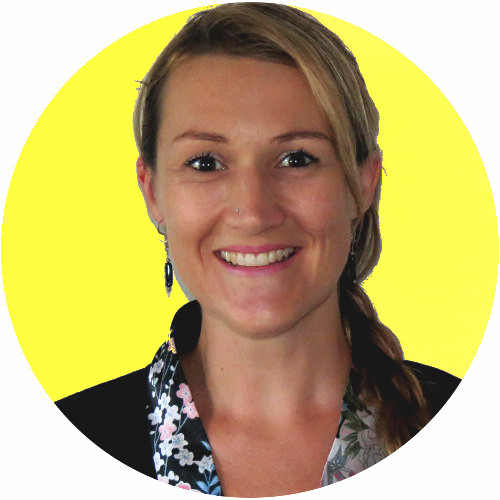 Author: Bianca Williams
Author: Bianca Williams
Approach the New Year with resolve to find the opportunities hidden in each new day.
– Michael Josephson
Now whilst the festive ‘merry-ness’ may be starting to waiver as you begin to focus on the key tasks for 2019, take a moment to reflect on what you achieved in 2018, and what you are yet to achieve in the year ahead. Identify your key business goals, break each one down into bite size pieces and map out a strategic plan of how to achieve each bite. Starting the year with a clear path of how you are going to achieve your business goals will help sort out your priorities and inform where to commit your resources; none more so than your grants program.
As with any business, relationships are invaluable to charitable organisations. The team at SG strongly advocates for our nonprofit partners to invest time in establishing and nurturing a relationship with funders. Trust and Foundation funder relationships should be managed similar to those of donors, corporates or sponsors; engage purposefully on a personal level with a meaningful message. By investing time in these relationships, you open the doors to establishing a partnership and long-term support.
Existing funding partners
Invest time in structuring a communication plan for each existing funder
Have a discussion with your funder to determine how they best like to be communicated with (phone, face to face, email, letter) and how often; the last thing you want to do is ‘push the friendship’
- Identify key project milestones of when to update the funder and report on how the project is going; an email, card or letter paired with photos of the project (site or program participants) is a great way of celebrating milestones with the funder
- Allocate one person exclusively in your organisation to contact the funder to ensure a coordinated approach (and save the embarrassment of having 6 different people send an email to report on program progress)
- Only contact the funder with a specific purpose or update – this will demonstrate your organisation is strategic and effective in using its resources (i.e. your time in contacting them)
Prospect funding partners
The best place to start when identifying prospect funders are those who have funded your organisation before.
Ideally your organisation will have a centralised record of all funder history (past & current) that you can easily access – if you are a GEMS user, this information will be easy to ascertain. If you don’t use GEMS (Grants Expertise Management System) – it’s worth checking out!
Once you have researched into the history, you can plan how you will reconnect with the funder; you could give a brief update on the project that was previously funded, report on any changes within the organisation (staff, structure, programs) or, if you are new to the organisation, send an introductory email. Invest time into developing that relationship and see what funding opportunities arise.
For those who have identified key grant rounds in 2019 to apply for diarise time to call the funder before the application due date. The purpose of the call is to introduce your organisation, ask questions to clarify the application process or funding focus areas, and gauge their interest. This phone call will alert the funder to your organisation’s project and take the first step in establishing a relationship. Be sure to read the guidelines (most recent) and funder’s website (if they have one) before making the call, and ensure you tell the funder you have done so – it will be looked upon more favourably if you are prepared.
Future funding partners
This group of funders will take some time to develop a relationship with, they could include the ‘By Invitation’ funders who seem untouchable – limited contact information available, no interest in receiving applications from unknown organisations. So how do you become known? A good place to start is by researching into any connection between your organisation and the funder’s Trustees – there may be an opportunity to be introduced by a mutual contact. But ensure you have done your research to confirm your project aligns with the funder’s area of interest.
Multi-year funders who partner with select charities for fixed periods can sometimes be difficult to connect with outside of the usual grant round; think ahead and send an email / call to introduce yourself, your organisation, and notify the funder you are looking forward to submitting an application in the next round (whenever that may be).
The difference between a relationship and a partnership
‘A partnership is an arrangement where parties agree to cooperate to advance their mutual interests’
It’s important not to undervalue the importance of your organisation, the service it delivers and the community sector it supports when negotiating partnerships with funders (corporates, Philanthropic or otherwise); genuine funders will partner with your organisation because they share the same values and wish to align with an organisation that will deliver on their mission.
I realise that relationships take time, which is a precious commodity (particularly if Trusts and Foundations form only part of your role). But if one hour a week is put aside to make a phone call, draft an email, or coordinate a program update – it’s time well spent that could see your existing and future funder relationships turn into fruitful and genuine partnerships.

